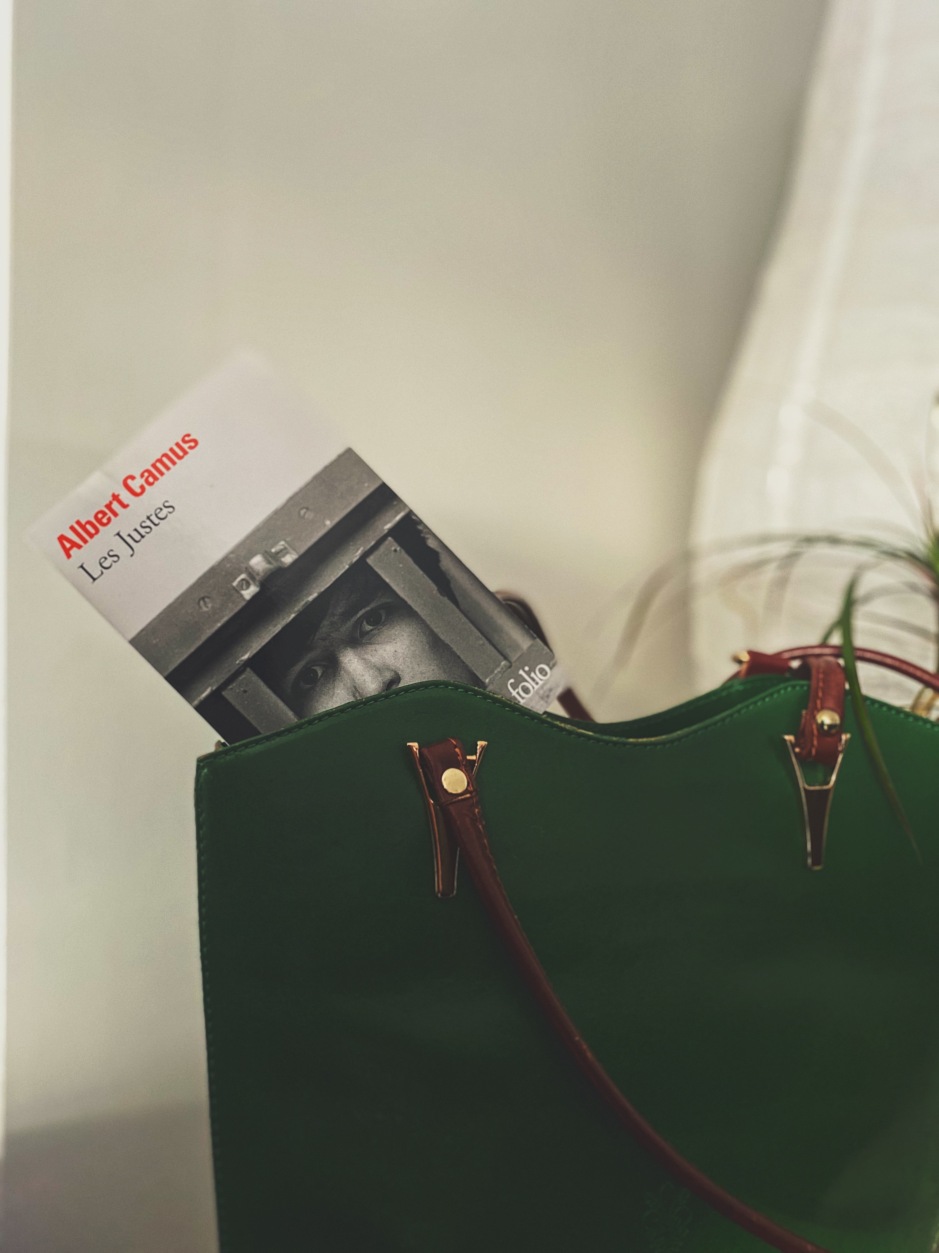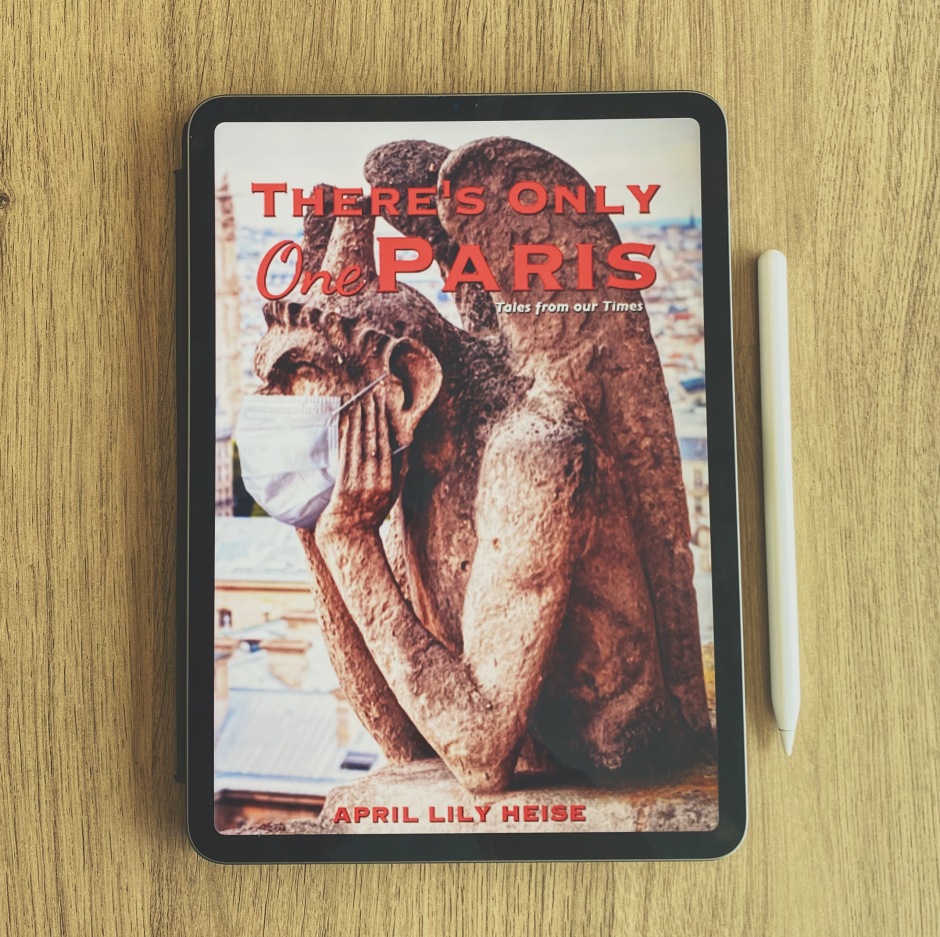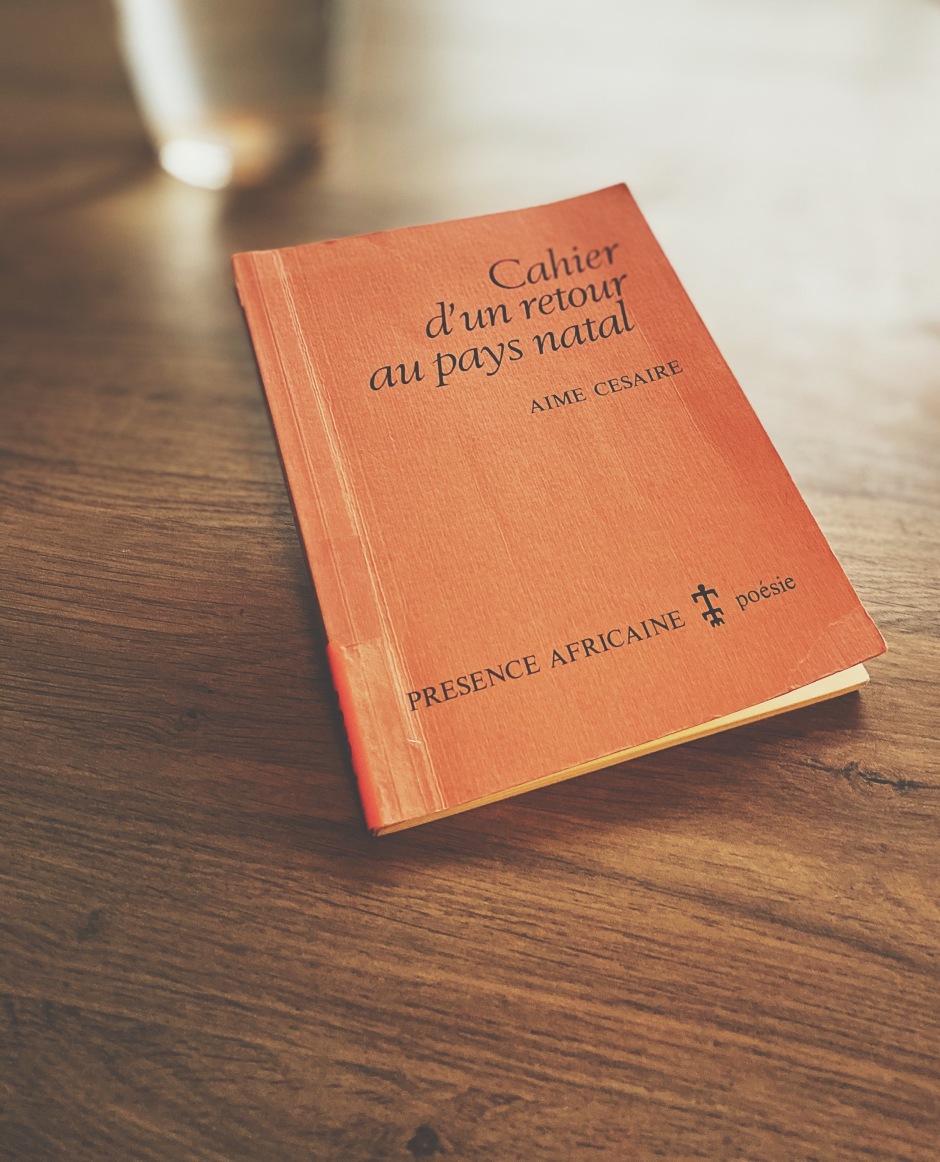Author
Albert Camus
Back Cover
“En février 1905, à Moscou, un groupe de terroristes, appartenant au parti socialiste révolutionnaire, organisait un attentat à la bombe contre le grand-duc Serge, oncle du tsar. Cet attenant et les circonstances singulières qui l’ont précédé et suivi font le sujet des Justes. Si extraordinaires que puissent paraître, en effet, certaines des situations de cette pièce, elles sont pourtant historiques. Ceci ne veut pas dire, on le verra d’ailleurs, que Les Justes soient une pièce historique. Mais tous les personnages ont réellement existé et se sont conduits comme je le dis. J’ai seulement tâché à rendre vraisemblable ce qu’il était déjà vrai.
J’ai même gardé au héros des Justes, Kaliayev, le nom qu’il a réellement porté. Je ne l’ai pas fait par paresse d’imagination, mais par respect et admiration pour des hommes et des femmes qui, dans la plus impitoyable des tâches, n’ont pas pu guérir de leur cœur. On a fait des progrès depuis, il est vrai, et la haine qui pesait sur ces âmes exceptionnelles comme une intolérable souffrance est devenue un système confortable. Raison de plus pour evoquer ces grandes ombres, leur juste revolte, leur fraternite difficile, les efforts demesures qu’elles firent pour se mettre en accord avec le meurtre – et pour dire ainsi ou est notre fidelite.”
The Just Assassins is a play in five acts which was performed for the first time in 1949. Camus was inspired by a 1905 event where a group of revolutionaries in Russia planned an attack against the Arch Duke who was an uncle to the Russian Tsar. In January 1905, in Moscow, a group of terrorists linked to the revolutionary socialist party organized an attack and the proceeding circumstances are the object of this play.
Our Thoughts
Ça m’étonne que je n’en ai pas lu car mes spécialistes pendant mes études étaient l’histoire russe et la littérature française. Les Justes est une combinaison des deux! Et ça ne prend pas en compte mon intérêt pour les œuvres de Camus.
En 1905 à Moscou, un groupe de terroristes socialistes révolutionnaires organisent un attentat contre le grand-duc. Alors que je comprenais les questions philosophiques évoquées tout au long de la pièce, il était plus difficile pour moi d’en profiter pleinement compte tenu de la façon dont les attenants ont tous marqué la réalité dans chaque pays où j’habitais. Malgré qu’il couvre beaucoup de mes intérêts, la pièce était vraiment difficile d’en profiter pleinement ou de comprendre la logique présentée à cause de l’expérience vécue.
While Camus and Russia were my two specialties in undergrad, I never got around to reading this book. I did understand the ideas, philosophy, and logic being presented throughout the piece, but I had a hard time fully embracing the story. Having lived in three countries who have greatly been impacted by terrorist attacks, it was hard for me to truly engage in the discussion of engagement or the shaming of those who chose not to throw a bomb that would kill children and bystanders. Sometimes older works do not work as well as the world moves on and various aspects of life become highly sensitized or completely desensitized.
Genre:
Play



